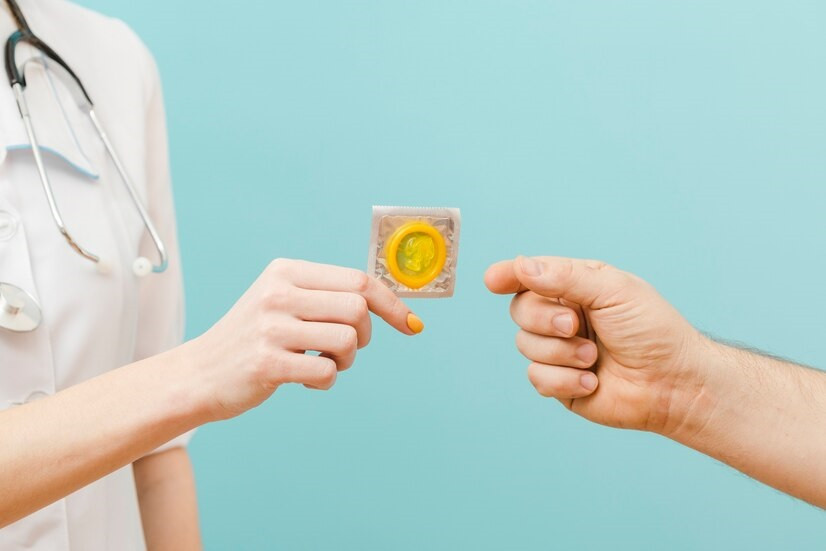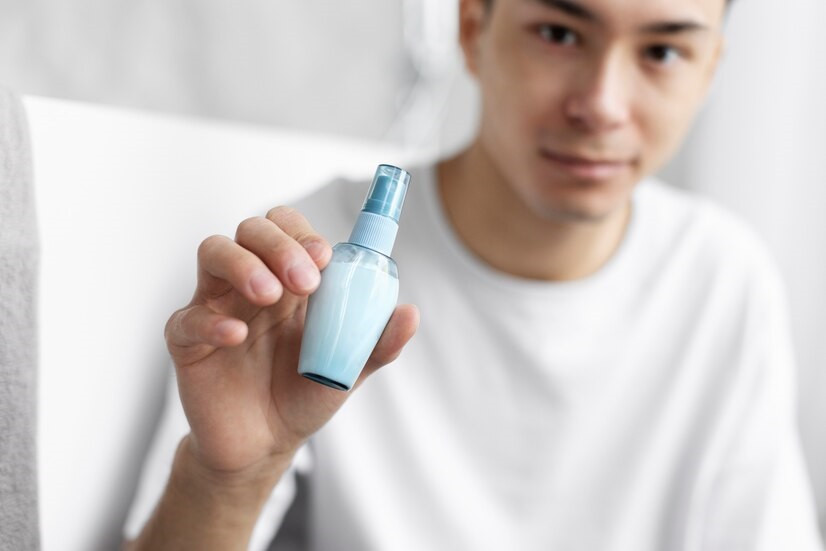Contraceptive devices are used to prevent unwanted pregnancies and to regulate the timing of pregnancies. Contraceptive devices are not only used by women but can also be used by men.
Find out more about the various options for male contraceptive devices in the following article.
Types of male contraceptives
- Condom
In Indonesia, one of the most widely utilized methods of male contraception is the condom. They can be constructed from natural materials like sheepskin, polyurethane (plastic), non-latex materials, or thin layers of rubber.
They are worn on the male genitalia before sexual activity and have an elastic tube-like form. There is a little opening at the condom's tip where semen can be collected after ejaculation.
In addition to being useful in preventing unintended births, certain condom types—particularly latex and plastic ones—also shield users against STDs, which are highly contagious during sexual activity.
- Spermicide and contraceptive gel
Spermicide is a contraceptive method that contains chemicals and is applied to the vagina before sexual intercourse. Spermicide comes in the form of foam, gel, tablets, cream, suppositories, or a form that dissolves into cream in the vagina. An additional advantage is that spermicide can be used alone or combined with other contraceptive methods, such as condoms.
Spermicide works effectively to prevent sperm from reaching the egg by blocking the cervix or stopping the movement of sperm.
- Coitus Interruptus
The natural contraceptive method known as Coitus Interruptus involves removing the penis from the vagina prior to ejaculation. The greatest risk of unintended pregnancy is associated with Coitus Interruptus when compared to other methods of contraception. Moreover, there is a significant chance of acquiring sexually transmitted illnesses.
- Vasectomy
vasectomy is a minor procedure performed to prevent sperm from reaching the semen. Ejaculation still releases semen but without sperm in it. Vasectomy is considered more effective in preventing pregnancy than other contraceptive methods.
The risks after a vasectomy procedure are relatively small, such as pain or discomfort or bleeding into the scrotum, although they are rare. To alleviate pain, you may need mild pain relievers. Mild side effects usually last only a few days. You should consult your doctor again if the side effects worsen or do not improve.
Additionally, you are advised to avoid sexual activity and other strenuous activities for at least 3–7 days. Most people who undergo vasectomy will recover in less than a week and can resume normal activities.
Choosing the right contraceptive tool is never easy. If you find it difficult, you should first consult a doctor.
If you need medical advice or consultation, you can either visit a doctor or make use of the consultation features that are available in the Ai Care application by downloading the Ai Care application from the App Store or Play Store.
Looking for more information about other diseases? Click here!
- Sean Edbert Lim, MBBS
Medline Plus (2022). Birth Control. Available from: https://medlineplus.gov/birthcontrol.html
Cleveland Clinic (2022). Condoms. Available from: https://my.clevelandclinic.org/health/drugs/9404-condoms
WebMD (2023). Male Birth Control Options. Available from: https://www.webmd.com/sex/birth-control/male-contraceptives
Planned Parenthood. Spermicide & Contraceptive Gel. Available from: https://www.plannedparenthood.org/learn/birth-control/spermicide
Mayo Clinic (2022). Withdrawal method (coitus interruptus). Available from: https://www.mayoclinic.org/tests-procedures/withdrawal-method/about/pac-20395283
Urology Care Foundation (2020). What is a Vasectomy?. Available from: https://www.urologyhealth.org/urology-a-z/v/vasectomy











